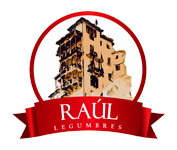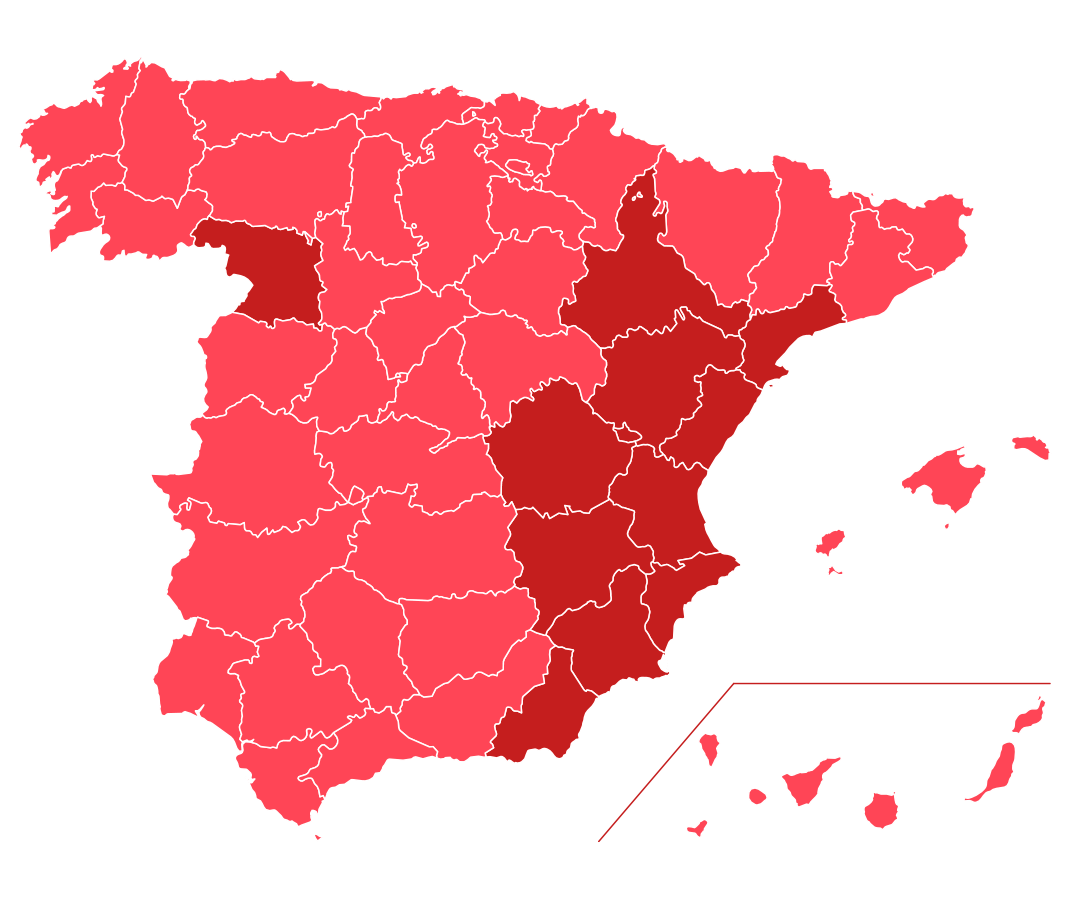Tips for cooking legumes
The soaking should be long and cold, with the exception of chickpeas, which are best soaked in lukewarm water. The optimum soaking time is 12 hours, and the water should preferably be decalcified.
When cooking the legumes, it will be better if they are accompanied by whole garlic, onions, bay leaves, peppercorns or aromatic herbs, as they will be impregnated with their flavour without affecting their texture. Of course, the same applies to the meat or fish that we add to our stews: we will only get a better flavour without altering the properties of the legume.
Normally we will cook with 3 portions of water for each portion of legume.
When cooking the legumes, it will be better if they are accompanied by whole garlic, onions, bay leaves, peppercorns or aromatic herbs, as they will be impregnated with their flavour without affecting their texture. Of course, the same applies to the meat or fish that we add to our stews: we will only get a better flavour without altering the properties of the legume.
Normally we will cook with 3 portions of water for each portion of legume.



If we have the opportunity, the ideal thing to do with the beans is to add cold water once they are cooking to "scare" them. This will ensure that the skins do not come off. However, if we need to add more water to the lentils or chickpeas, it is advisable to add warm water.
Salt should ALWAYS be added after cooking to prevent the skin from becoming hard.
In stews, casseroles, stews, stews... the ideal is to leave it to rest from one day to the next to obtain a better flavour.
Salt should ALWAYS be added after cooking to prevent the skin from becoming hard.
In stews, casseroles, stews, stews... the ideal is to leave it to rest from one day to the next to obtain a better flavour.
More specific advice
- Lentils are the variety of legume that do not require soaking before cooking. They are ideal for planning a "last minute emergency meal".
- Beans, as they contain fibre and vegetable protein, are satiating and regulate transit, which is why they are essential in a diet to lose weight.
- Chickpeas, on the other hand, have a high diuretic value, and are ideal for inclusion in diets to control hypertension due to their high energy value and low sodium content.

We also reveal the best combinations:
- White kidney beans or plancheta beans have a buttery texture, making them the perfect choice for making purées or including in salads, which are so comforting in summer.

- Pinto beans have a creamy flavour and a smooth texture that melts in the mouth, so they combine very well with pork-based stews such as chorizo, ear or black pudding. They are also a very good option for salads.


-
The large bean is a great eye-catcher and provides a delicate oily flavour, and although it is very tasty in stews and casseroles, it is an even better accompaniment to dishes that include poultry, especially partridge.
-
A meaty and tender chickpea, such as the milky chickpea or the Castilian chickpea, are ideal for preparing a sea shrimp stew or the popular stew of vigil with cod and spinach.
-
Purple and cinnamon beans have a fine texture and a mild, slightly floury taste, making them ideal for combining with rice dishes.
- Peeled red lentils are the most suitable for making hummus, resulting in a very creamy texture.
- Pardina or ston lentils are ideal for quick dishes (as they require the shortest cooking time). They are ideal to get us out of a hurry, as with any vegetable we can make a quick, healthy and high protein stew of "widowed lentils".
The embarrassment of flatulence
It is common for gas to be generated in the digestive tract as a result of consuming pulses.
This is due to the high content of carbohydrates they contain (especially chickpeas and beans), which accumulate mainly in the fibre of the outer skins of pulses.
Even so, we already know the numerous benefits they have for our health, and we can also use a series of home remedies to reduce the appearance of gas:
This is due to the high content of carbohydrates they contain (especially chickpeas and beans), which accumulate mainly in the fibre of the outer skins of pulses.
Even so, we already know the numerous benefits they have for our health, and we can also use a series of home remedies to reduce the appearance of gas:
- Leave them to soak for at least 12 hours.
- Cook purées or creams, as when they are mashed and strained, a large part of the skin is removed.
- Once it has boiled for the first time, we can remove the water and change it.
- Use aromatic herbs or spices that are always beneficial for good digestion, such as thyme, coriander, fennel, ginger...
- Add a teaspoon of bicarbonate of soda to the cooking water.

Map of water hardness in Spain
The cooking time for all legumes is approximate, as it is influenced by several factors such as: water quality, soaking time, fire power, etc. Even so, both on our packaging and on the map below we can give an approximate cooking time so that your recipes are cooked to perfection.
Soft or slightly hard (From 80 to 329 mg/l of calcium carbonate).
Hard or very hard (From 330 to >500 mg/l of calcium carbonate).
Hard or very hard (From 330 to >500 mg/l of calcium carbonate).



